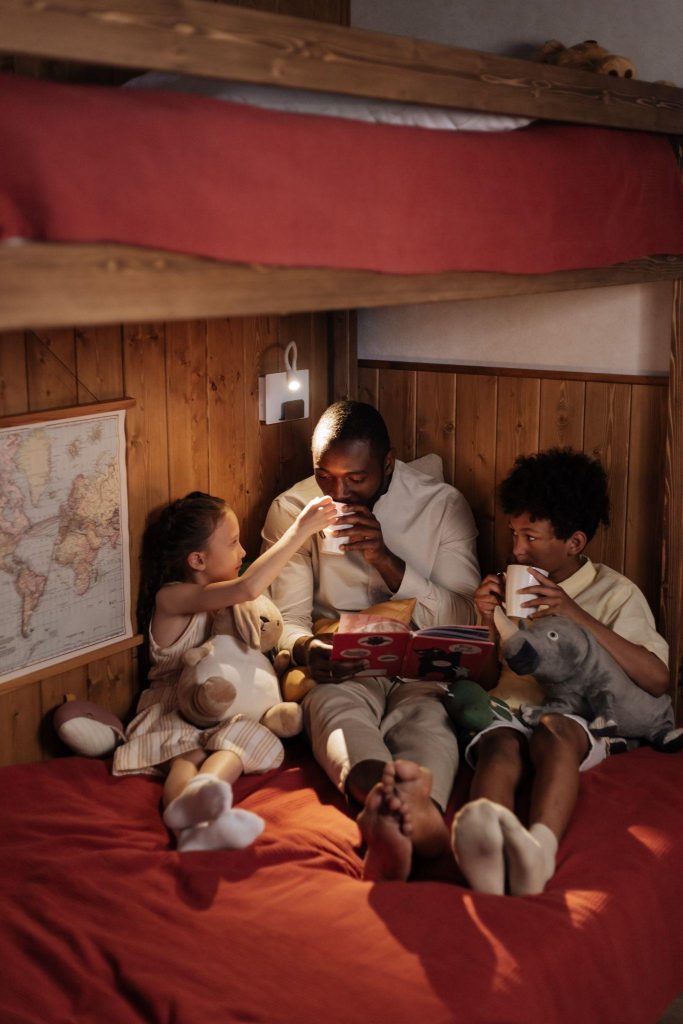Symbolic Interactionism
Interactionists view the world in terms of symbols and the meanings assigned to them (LaRossa and Reitzes 1993). The family itself is a symbol. To some, it is a father, mother, and children. To others, it is any union that involves respect and compassion. Interactionists stress that family is not an objective, concrete reality. Like other social phenomena, it is a social construct that is subject to the ebb and flow of social norms and ever-changing meanings.
Consider the meaning of other elements of family: in the past, “parent” was a symbol of a biological and emotional connection to a child. With more parent-child relationships developing through adoption, remarriage, or change in guardianship, the word “parent” today is less likely to be associated with a biological connection than with whoever is socially recognized as having the responsibility for a child’s upbringing. Similarly, the terms “mother” and “father” are no longer rigidly associated with the meanings of caregiver and breadwinner. These meanings are more free-flowing through changing family roles.
Case Study E

In Chapter 1, you learned about the changing definition of the family and explored “family” as a social construct that is influenced by culture, society, and the media. Interactionists also recognize how the family status roles of each member are socially constructed, playing an important part in how people perceive and interpret social behavior.
Based on what you see in this photograph, describe the role of the father in this family.
Interactionists view the family as a group of role players or “actors” that come together to act out their parts in an effort to construct a family. These roles are up for interpretation. In the late nineteenth and early twentieth century, a “good father,” for example, was one who worked hard to provide financial security for his children. Today, for some, a “good father” is one who takes the time outside of work to promote his children’s emotional well-being, social skills, and intellectual growth—in some ways, a much more daunting task.
Pause to Reflect!
Discuss the following questions.
- Based on what you learned in Chapter 1, which family structures align with the symbolic interactionist perspective?
- What implicit or explicit bias might a traditional family aligned with conflict theory experience from a teacher or community member who holds a symbolic interactionist perspective?
Media Attributions
- Bedtime reading © Ron Lach is licensed under a CC0 (Creative Commons Zero) license

